The world had almost completely forgotten about Partition, and many never learned about it, says Guneeta Singh Bhalla, the woman who founded the 1947 Partition Archive.
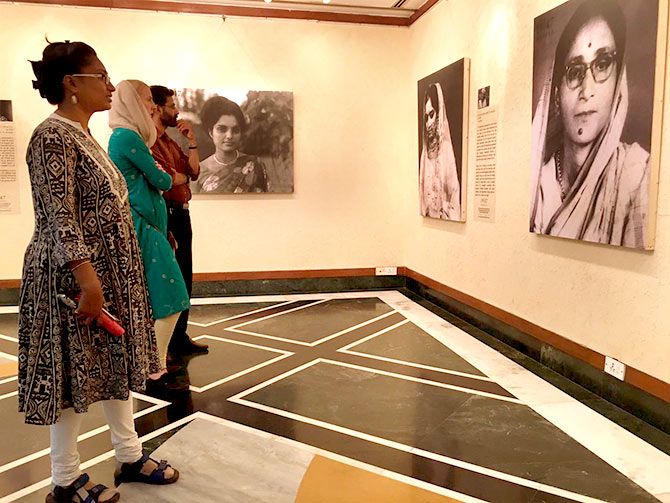
About two decades ago, on a rainy winter afternoon in New York, I waited at a street corner for my father to drive by and pick me up. I was 15 and had just finished a college tour at the School of Visual Arts in Manhattan.
Just then the rain and wind picked up, so I hurried to seek shelter at the closest open shop. It happened to be a darkly lit Goodwill second-hand goods shop.
I waited out the rainstorm in Goodwill.
There, an intriguing wall piece caught my eye: A crumbled poster had been straightened and placed in a frame, a small piece of painter’s tape with the writing ‘$20’ stuck to its corner.
The poster depicted thousands of little stick humans coming together to build a giant structure in the form of a rainbow. 'Building a Rainbow', it read across the bottom.
I was instantly drawn to it: thousands of humans were coming together anonymously to build something far greater than themselves. I thought about buying the piece, but didn't in that moment.
Days later, I changed my mind and headed back to Goodwill, only to find it gone.
I was left with nothing but a memory and I let it sear itself deeply in my mind. I took inspiration in the thought of being part of such a movement.

A decade later, a critical moment in my life would arrive when the concept of building a rainbow would become the solution, and the best way forward in surmounting the greatest challenge I had ever faced.
Fast forward to June 2008. I was at the University of Tokyo that summer on a fellowship for research towards my PhD in physics.
Curiosity and a family connection took me to Hiroshima one weekend.
My maternal great grandfather, who served as an officer in the British army via the royal armed forces of Patiala state, was apparently stationed near there, possibly as a spy for the British and masquerading as a doctor, when the atomic bomb was dropped.
He partially lost his hearing.
It is a family tale which we have never attempted to verify with historical record.
Visiting the Hiroshima Peace Memorial that June was a life-changing experience for me.
I was deeply transformed after listening to eyewitness memories and personal experiences of the atomic bombing of Hiroshima.
I had watched movies on the bombing and read books, yet nothing hit me so viscerally as the recorded witness accounts. I could feel their struggle by watching them tell it themselves.
Not only did they suffer the trauma of the bombing, but many could not get jobs or marry after the bombing as they were considered 'contaminated'.
Their stories had inspired the global nuclear non-proliferation movement.
It was in that transformational moment that an idea clicked.
Growing up, I had heard stories of Partition and the millions of people that it affected. Yet it was not mentioned in my high school history texts.
This bothered me deeply.
In that moment in Hiroshima, I realised that my grandmother and others like her would need to tell the world their own stories -- only then could we truly understand the trauma of Partition.
A quick Google search verified that nothing of the kind had ever been attempted. There was no archive of public records or public memory on Partition.
In fact, the world had almost completely forgotten about Partition, and many never learned about it.
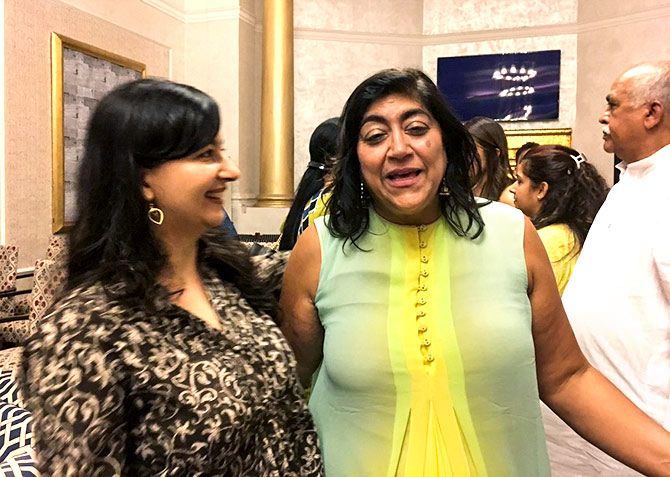
I began recording stories on my Sony hobby camcorder that winter, in early 2009, while on a trip to visit my grandparents in Faridkot, Punjab.
By June 2010, I was living in California, immersed in post-doctoral research at the University of California in Berkeley.
That June, the last member of my grandmother’s generation, her brother Haravtar Sodhi, in his 90s, died without having his memories recorded. A few months earlier I had visited him in Anandpur Sahib but had forgotten to take my camcorder along.
The loss hit me on many levels.
Not only had we lost a family member, but one who took with him a lifetime of learnings and lessons, many of which were not passed down to us or recorded anywhere.
In our modern day and age, many of us aren’t growing up with our grandparents and hence are missing out on ancestral knowledge.
I realised then that I could not do this work alone.
There were thousands of others like him and my grandmother, who had memories of living through the Partition of 1947. We needed a massive team effort. And we would be racing against time.
Then, a moment of clarity struck.
That painting I had seen so long ago cropped up and offered the perfect solution for reviving this public memory of Partition. Thousands of us needed to join hands in building it together, just like the people did in 'Building a Rainbow'.
By then, in 2010, this concept in the modern digital age had a name: crowdsourcing (incidentally coined by physicists at Berkeley).
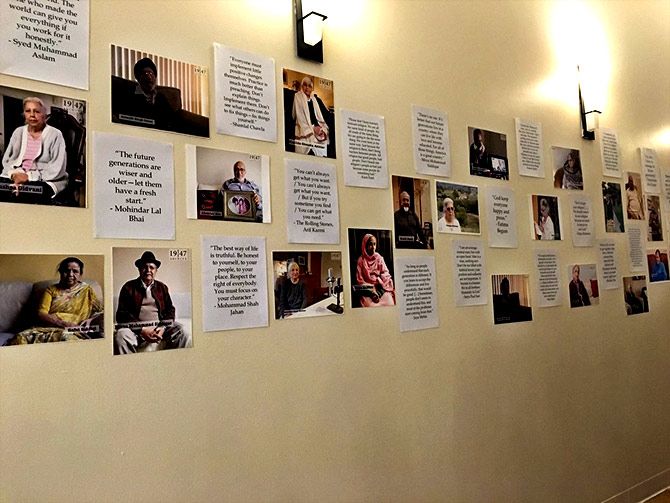
I was overcome by an obsession to do what it took to ensure we did not lose the remaining memories of Partition.
I dropped nearly everything in my life -- my career in physics and my personal life -- to devote my time to the cause.
By 2013, I was volunteering full-time to coordinate the effort to record oral histories together globally. We were posting them on social media, which inspired others from around the world to record stories in their families.
Thus began the 1947 Partition Archive, South Asia's largest oral history collection.
Stories were being recorded by people of every ethnicity and background, because Partition witnesses had migrated all over the world, to all sorts of neighbourhoods and communities.
In the process, stories we never expected from places we never imagined began to pour in.
There were stories from East and West Bengal as well as East and West Punjab.
They were mirror stories that reflected the mutual nature of the communal violence, and the unprecedented foot caravans captured so poignantly in Margaret Bourke-White's photography.
Every group was a victim and every group was a violator as well.
Some truly unexpected stories also began to appear in the Archive.
Stories came in from a kibbutz in Israel, of young boys from India's ancient Bene Israel Jewish community who migrated from Karachi to Pune in 1947 and were then recruited to help build Israel in 1948.
The 1947 India-Pakistan and the 1948 Israel-Palestine Partitions were connected in more ways than one.
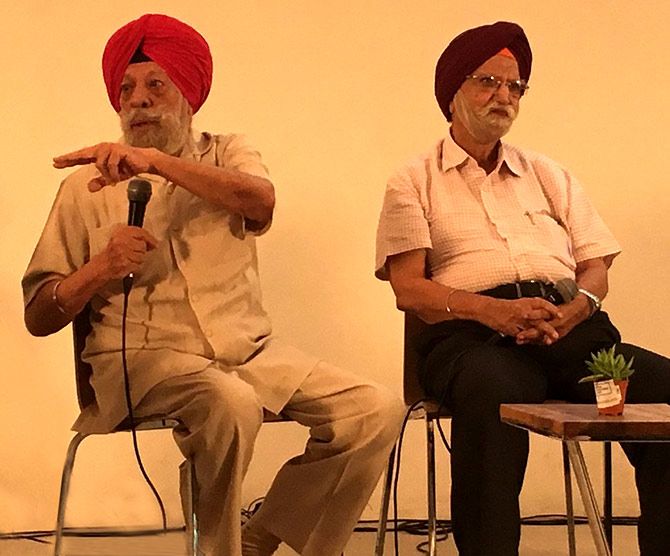
As it turned out, I was not alone in feeling the lack of documentation around the world's largest forced migration and unnecessary refugee crisis.
There were thousands of others just as curious as myself and together we have recorded over 6,000 oral histories.
Given that each story is a carefully recorded video session that can last several hours, this is no small feat.
There is meta data and other information that the interviewer must then spend hours processing.
It is a task that requires a genuine sense of dedication and service to our ancestors, as well as passion.
Eventually some of India's most generous philanthropists also began to take notice of the movement and to accelerate this work they funded scholarships for students recording the stories as well as university research.
They include the Tata Trusts, the A T E Chandra Foundation, Sanjeev Bikhchandani and Ashish Dhawan who also co-founded Ashoka University, Lata Krishna who founded the American India Foundation, Deep Kalra who founded MakeMyTrip, Narinder Kapany who discovered fibre optics and enabled modern communication, among over a thousand others.
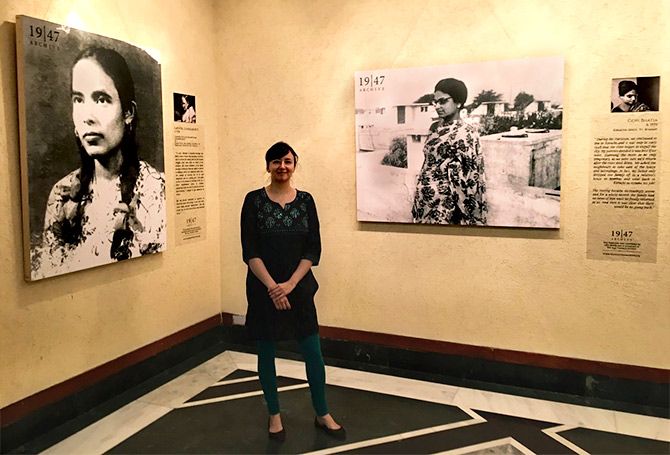
Stories have since come in from the Sunderbans, from Andaman and Nicobar Islands, from Kashmir, from Khyber Pakhtunkhwa on the border with Afghanistan, Nagaland and just about every last corner of South Asia.
They are more colourful and diverse in their content than we had ever imagined.
They paint a very nuanced picture of South Asia, of its history, of its myriad of identities before we were 'Indian', 'Pakistani' and 'Bangladeshi', of pre-Partition and pre-Independence life, the Partition experience and the thousands of ways in which people coped, the way it shaped today's politics, culture, social structures, our cities and economics.
These stories are from a time long before there were borders, from when shepherds could roam freely from Delhi to Baghdad.
There is no one defining experience of Partition and the building of modern-day India and Pakistan.
I feel it is imperative that we come to terms with this colourful history so that we move forward on the right footing in the future. Otherwise, political and other forces will fill up the gaps in our knowledge with false histories that serve myopic agendas.
To learn more, please visit the 1947 Partition Archive Web site.

Photograph: Kind courtesy Wikimedia Commons











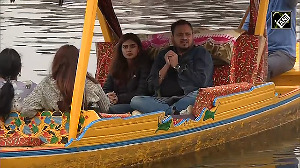
 © 2025
© 2025